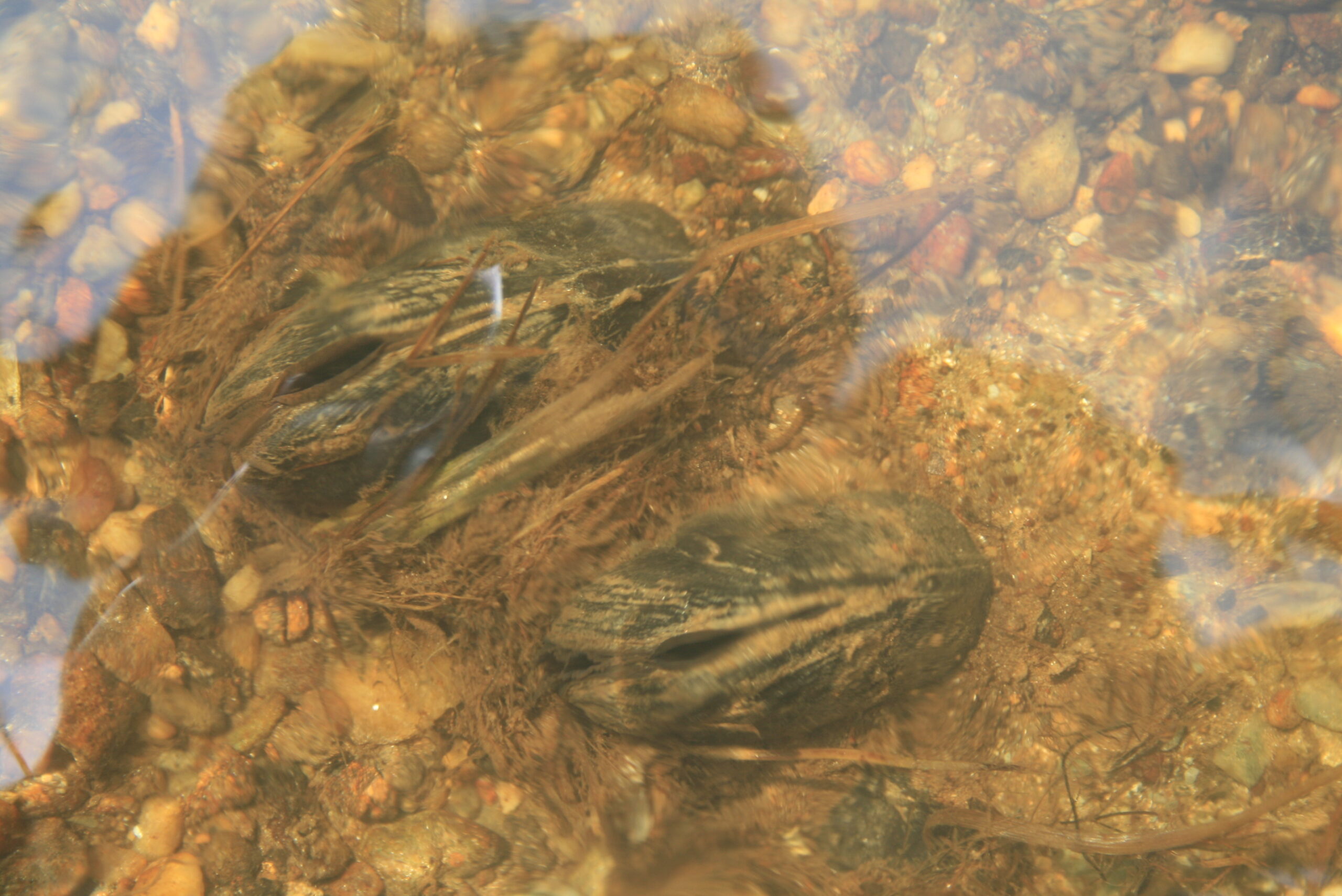The main value of the Smrčiny Mountains is the preserved water courses and their catchment areas with a rich biodiversity. It is one of the most threatened ecosystems in Central Europe. Therefore, the target habitats for the ReCo project are:
- Inland surface waters – watercourses
- Seasonally wet and wet grasslands
- Dry grasslands
Among the valuable species taken into account are the following:
-
Freshwater pearl mussel Margaritifera margaritifera
-
Marsh fritillary Euphydryas aurinia
-
Broad-leaved marsh orchid Dactylorhiza majalis
-
Brook lamprey Lampetra planeri
-
Corncrake Crex crex
-
Whinchat Saxicola rubetra
Background
The target habitats are not in an optimal condition and are threatened by negative influences. During the time of the Iron Curtain, many former meadows were overgrown with tall vegetation, bushes and trees, or they were forested. At present, agricultural land and farming are mostly being taken over by large landowners and companies. The result is, on the one hand, intensive agriculture on large areas and, on the other hand, the absence of agriculture associated with succession and overgrowth in less attractive areas. It causes not only the degradation of meadows, but also changes in the morphological, chemical and physical characteristics of watercourses, with negative impacts on endangered species.
It should also be mentioned that, as in most of the Czech Republic, there have been extensive negative interventions in the natural water regime; many meadows have been dried up by drainage ditches, and watercourses have been straightened or even piped. The negative impact of these changes is further amplified by climate change, with changes in the distribution of rainfall, which became a major challenge for nature conservation in the region. In recent years, it has become increasingly common for smaller streams to dry up due to drought. This has led to horrendous die-offs of endangered species in the streams.
Finally, spatial planning outside of protected areas often neglects meadow ecosystems and gives priority to the protection and connectivity of forest ecosystems, even if they are less valuable in terms of biodiversity.
Restoration goals
The main aim of nature conservation in the area is to maintain and support populations of threatened species and their habitats. In particular, there are two ‘umbrella’ species whose efficient protection can ensure good condition for many other species and their habitats: the freshwater pearl mussel and the marsh fritillary, which primarily require sensitive grassland management and the restoration of natural water regime. Given the many anthropological changes in the landscape and climate change, artificial support, such as raising summer flows from ponds and artificial rearing, is also needed to maintain the pearl mussel in the area.
The restoration and maintenance of wet and dry valuable meadows as biodiversity centres is another goal for the region. This should be done not only in the protected areas but also in the open landscape as stepping stones and corridors to ensure the ecological connectivity of these ecosystems.
ReCo activities in Smrčiny
- Communication with stakeholders (nature conservation authorities, experts, foresters, municipalities, NGOs) including cross-border workshops: identification of different interests and needs, coordination, identification of possible future joint projects.
- Analysis of spatial plans, namely the territorial system of ecological stability, to identify restoration needs, focusing on the target habitats: inland surface waters – watercourses, dry grasslands and seasonally wet and wet grasslands. We also use the results of GIS analyses carried out by the project partners, the University of Vienna and the Research Institute for Landscape.
- Pilot restoration activities: Renovation of the Lužní potok distribution facility (target species: freshwater pearl mussel); restoration of small tributaries (target species: freshwater pearl mussel, marsh fritillary); meadow management (target ecosystem: wet meadow and small wetlands).
- Drafting the Local Restoration Plan: Based on the analysis and communication with stakeholders, we are preparing a plan to improve ecological connectivity and biodiversity of ecologically valuable habitats.
Restoration Sites
In cooperation with the stakeholders, namely the Nature Conservation Agency of the Czech Republic and the Regional Office of the Karlovarský Region, we identified three sites to implement pilot restoration actions.
1. Reconstruction of the distribution facility in the stream of Lužní potok
A side channel was previously (2001) constructed on Lužní potok brook to create a nursery habitat for juvenile pearl mussel development. A wooden divider (sluice) was built on the main stream. The water is fed from the main stream into the side channel, which is richly meandering, has a suitable structure, and specialised management is carried out on its banks. This measure has proven to be effective. Several thousand juvenile pearl mussels have already entered the Lužní potok and are finding suitable conditions for their development. Currently, the wooden dividing object was at the end of its functional life and it needed to be replaced. The new object was made in the same way as the original one.
2. Brodivý potok: Restoration of small tributaries
We have removed old biomass from about 500m² along two small streams, and removed mud from the streams, widened them and ensured stable flow on about 150 m. These tributaries provide food supply for the pearl mussel population in Bystřina and Rokytnice river.
3. Rathsam Nature Reserve: Removal of trees and shrubs from alluvial meadows in the Ohře floodplain
We have removed shrub and small trees from an overgrown meadow and in the area of the disappearing pool, cut bushes – willows on waterlogged area, and suppressed unwanted plant species to improve the condition of the natural habitats. The activity has supported local biodiversity and it will be followed by creation of small pools supporting water retention.
